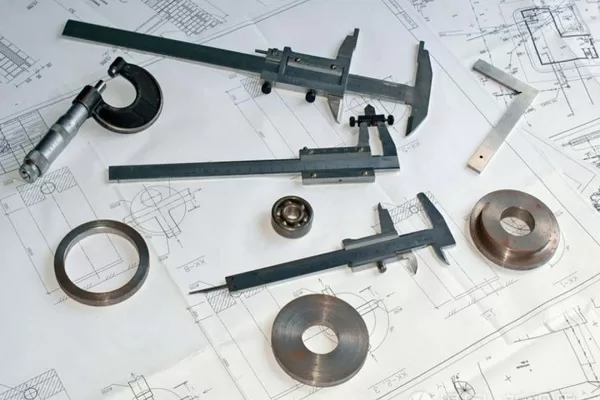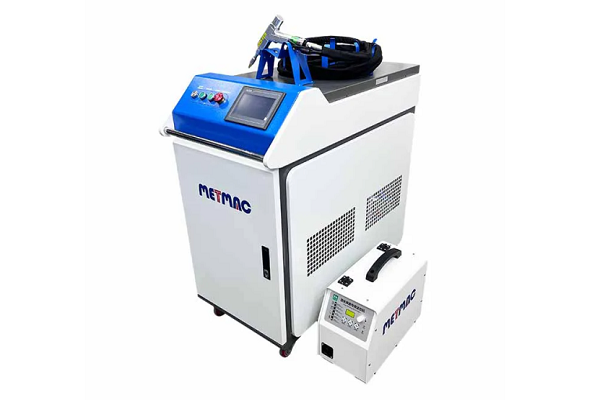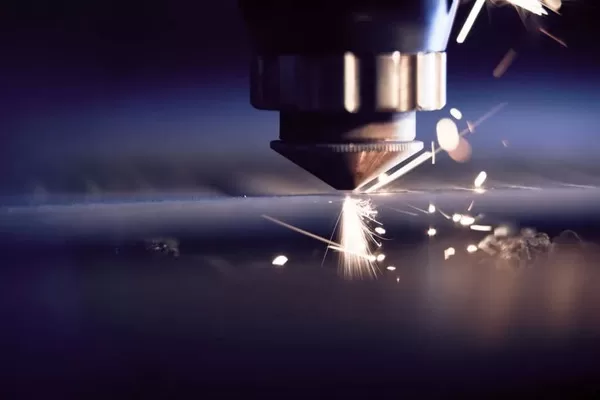
Overcoming Challenges in Air Duct Fabrication
- By:Metmac
- 2024-06-24
- 34
In the realm of heating, ventilation, and air conditioning (HVAC) systems, air ducts play a crucial role in distributing conditioned air throughout buildings. However, the fabrication of these ducts presents various challenges that require innovative approaches and meticulous execution.
Material Selection and Sheet Metal Forming
The choice of materials for air ducts depends on the specific application and environmental conditions. Common materials include galvanized steel, stainless steel, and aluminum. Each material has its unique advantages and drawbacks, and the fabrication process must adapt accordingly. Sheet metal forming techniques, such as bending, rolling, and stamping, shape the flat metal sheets into the desired duct shapes.
Joint Design and Sealing
The design of air duct joints is critical to ensure airtightness and prevent air leakage. Various joint types, such as slip joints, snap-lock joints, and flanged joints, provide different levels of sealing effectiveness. The selection of the appropriate joint type depends on the duct shape, pressure requirements, and accessibility. Proper sealing methods, such as caulking, gaskets, and mastics, further enhance the airtightness of the system.
Layout and Installation
The layout and installation of air ducts require careful planning and coordination with other building systems. Factors such as duct size, airflow requirements, and access for maintenance must be considered. Proper support systems, such as hangers and brackets, ensure the stability and durability of the ducts.
Testing and Commissioning
Testing and commissioning procedures verify the performance and integrity of the air duct system. Duct leakage testing measures the amount of air leakage to ensure it meets the specified standards. Airflow measurement and balancing ensure that the system delivers the required amount of conditioned air to each space.
Innovation and Technology
The HVAC industry is constantly evolving, and new technologies and processes are emerging to overcome challenges in air duct fabrication. Automated ductwork fabrication systems utilize advanced software and robotic equipment to enhance precision, speed, and efficiency. Computational fluid dynamics (CFD) simulations help optimize duct designs for improved airflow performance and reduced energy consumption.
Conclusion
Overcoming challenges in air duct fabrication requires a combination of knowledge, skill, and innovation. By carefully considering material selection, joint design, layout, installation, testing, and embracing technological advancements, HVAC professionals can create airtight, efficient, and long-lasting air duct systems that contribute to the overall comfort and well-being of building occupants. Continuously exploring new techniques and incorporating best practices will ensure the future success of air duct fabrication.
-
The Advantages of Using a Sheet Roll Forming Machine in Manufacturing
2024/09/14 -
How to Optimize Your Laser Sheet Cutting Machine for Maximum Performance
2024/09/12 -
How to Maximize Efficiency with Modern Sheet Metal Working Machines
2024/09/04 -
The Environmental Benefits of Using Duct Board Grooving Machines
2024/09/03
-
Round Duct Making Machine- What It Is and How it Enhances Production Efficiency
2024/10/22 -
How to Reduce the Material Loss when the Duct is Processed in the Duct Production Line
2024/10/21 -
Troubleshooting Common Issues with Sheet Metal Rolling Machines
2024/10/18 -
The Role of Sheet Metal Rolling Machines in Custom Fabrication
2024/10/17



